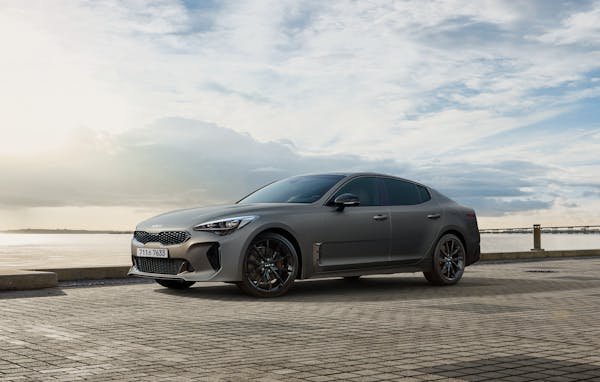
When purchasing a new car, one of the most crucial aspects to understand is car specifications. These technical details are not just numbers; they define how a vehicle performs, how comfortable it is, and how well it suits your driving needs. In this guide, we’ll walk you through what car specifications are, why they matter, and how to use them to make an informed decision.
What Are Car Specifications?
Car specifications (often referred to as specs) are a set of standardized data points that describe a car’s technical and performance details. They usually include:
-
Engine type and capacity
-
Power output (in horsepower or kW)
-
Torque
-
Transmission type (manual, automatic, CVT)
-
Fuel type and efficiency
-
Dimensions (length, width, height, wheelbase)
-
Seating capacity
-
Boot space
-
Suspension system
-
Safety features
-
Infotainment system
-
Drive type (FWD, RWD, AWD)
Understanding these elements is key to comparing vehicles and choosing the one that fits your driving style and lifestyle.
Why Car Specifications Matter
Car specifications are more than just numbers on a brochure. They help answer real-life questions like:
-
How fast is this car?
-
Will it fit in my garage?
-
Can it handle highway speeds comfortably?
-
Is it good for city traffic or long road trips?
-
How many passengers can it carry?
-
How safe is it?
For example, a car with a 1.0-litre engine may be more fuel-efficient, while a 2.0-litre engine will offer more power. Similarly, automatic transmissions are easier to drive in city traffic, but manual transmissions might give better control and mileage.
Key Specifications to Focus On
-
Engine & Performance
This tells you how powerful the car is. A higher horsepower usually means better acceleration. Torque is important if you’re carrying heavy loads or driving in hilly areas. -
Fuel Efficiency
Especially in India, mileage is a deciding factor. Check both city and highway mileage figures. Petrol engines are smoother and cheaper to maintain; diesel engines offer better mileage. -
Dimensions
Make sure the car fits your parking space and feels comfortable inside. Hatchbacks are compact, while SUVs offer more space. -
Safety Features
Look for ABS, EBD, airbags, rear parking sensors, and crash test ratings. These are non-negotiable in modern cars. -
Transmission Type
Automatic gearboxes are ideal for urban use, while manual transmissions might offer better engagement and control. -
Interior Comfort
Check for legroom, headroom, seat materials, AC vents, infotainment system, and boot space. This affects long-term satisfaction.
How to Use Car Specifications for Comparison
Today, many websites offer side-by-side car comparisons. You can shortlist 2–3 models and compare their specifications feature by feature. Look at the variants, as features can change drastically within the same model.
Here’s a quick example of comparing car specifications:
| Feature | Hyundai i20 | Tata Altroz | Maruti Baleno |
|---|---|---|---|
| Engine | 1.2L Petrol | 1.2L Petrol | 1.2L Petrol |
| Power Output | 88 bhp | 86 bhp | 90 bhp |
| Mileage | 20.5 km/l | 19.3 km/l | 21.01 km/l |
| Transmission | Manual/CVT | Manual/AMT | Manual/AMT |
| Airbags | 6 (Top var.) | 2–6 | 2–6 |
This type of comparison helps you evaluate performance, safety, and economy in real terms.
Common Mistakes to Avoid
-
Ignoring safety features: Don’t focus only on mileage or price. Safety should always come first.
-
Not checking dimensions: A car may look compact but could be cramped inside.
-
Relying only on online specs: Always test drive the car to feel the difference.
Final Thoughts
Understanding car specifications is essential when making a car purchase decision. While advertisements focus on design and features, the real value lies in the specs. They tell you how the car will behave on the road, how much it will cost to run, and how safe it is for you and your family.
Use trusted sources like car manufacturer websites, expert reviews, and automobile comparison tools. Don’t hesitate to visit a dealership for a test drive and ask detailed questions about specifications.
By paying close attention to car specifications, you’ll not only choose the right car—you’ll also get the best value for your money.

